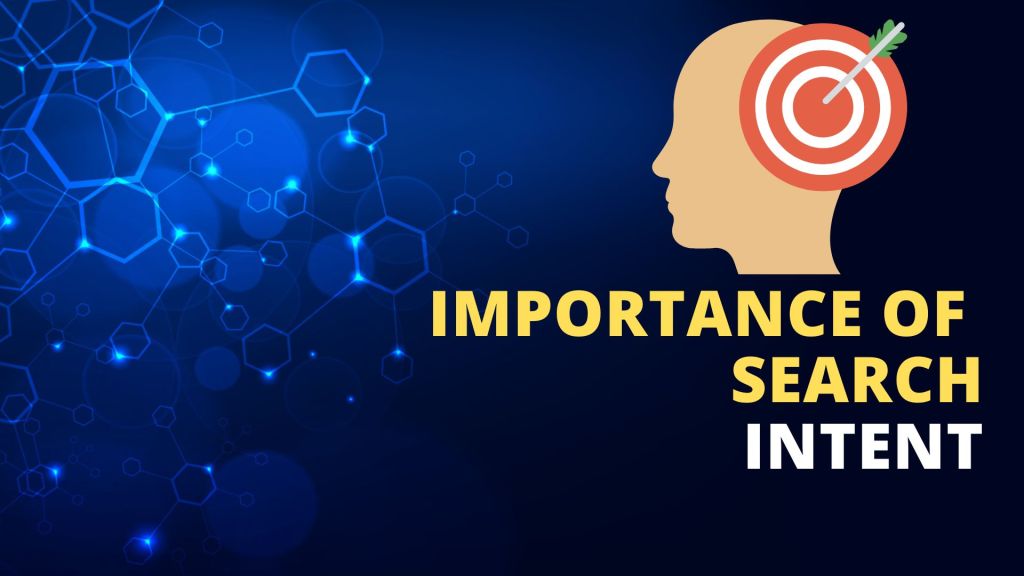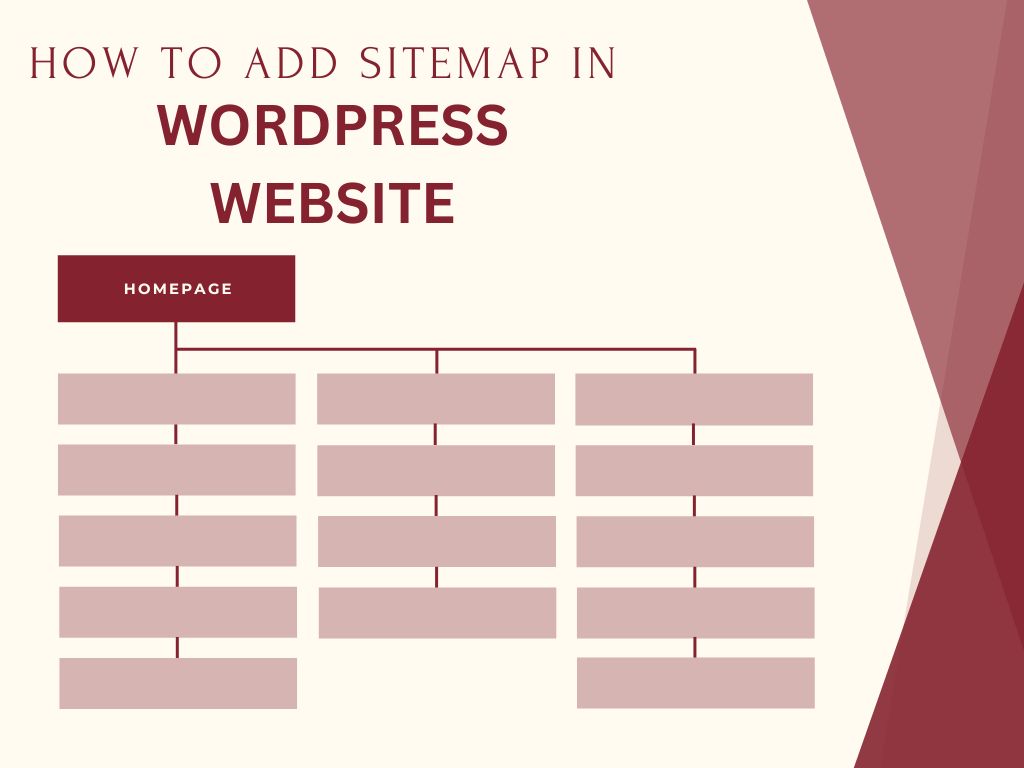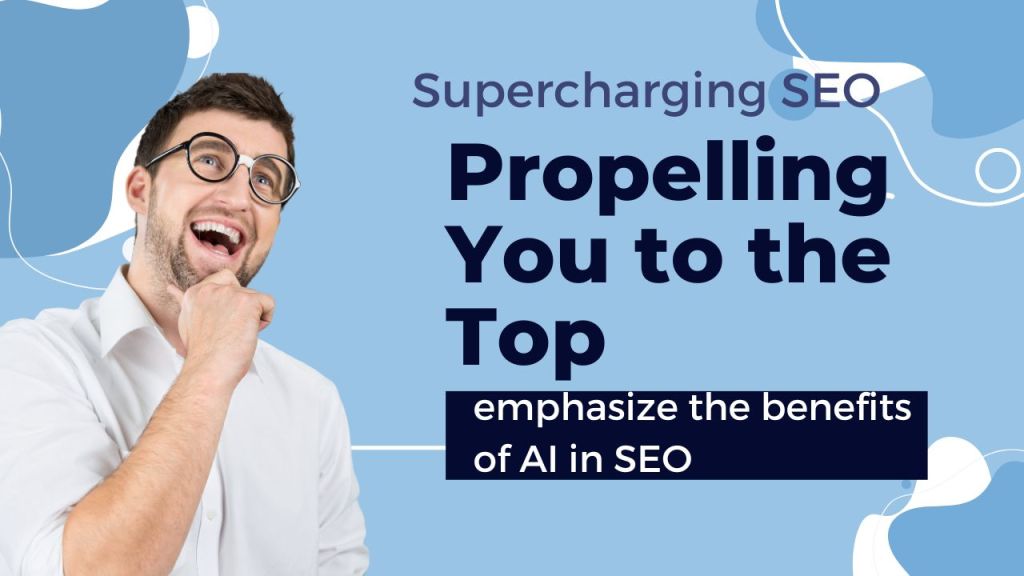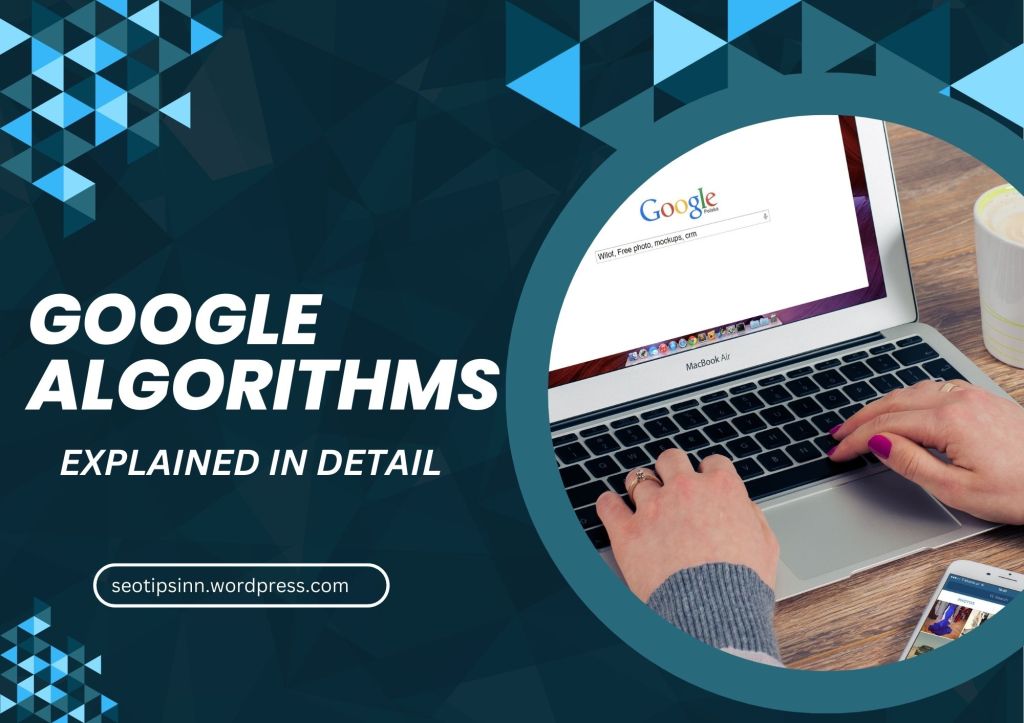Search Intent Mastery your Key to Online Success

In the vast digital landscape, where millions of searches are conducted every second, understanding search intent emerges as the cornerstone of effective online strategies. From entrepreneurs to marketers, comprehending the motivations behind user searches can significantly impact the success of digital endeavors. In this comprehensive guide, we delve into the essence of search intent, exploring its definition, types, necessity, and strategies for optimization.
What is search intent in SEO?
Search intent, also known as user intent or search motive, refers to the underlying purpose or motivation behind a user’s online search query. It encompasses the reason why an individual is conducting a search and what they hope to achieve or find as a result. Understanding search intent is crucial for businesses and marketers as it allows them to tailor their content and offerings to meet the specific needs and expectations of users, ultimately improving engagement, conversion rates, and overall online success.
In the realm of online search, every query holds a purpose. Whether users seek information, desire to make a purchase, or aim to solve a problem, their intentions guide their actions. Search intent, therefore, refers to the underlying objective behind a user’s search query. It embodies the motivation, context, and expectations driving an individual to explore the digital
The Need for Search Intent
The significance of search intent in the digital landscape cannot be overstated. It’s not merely a buzzword; rather, it’s a fundamental concept that underpins the effectiveness of online strategies across various domains. Let’s delve into why search intent matters in detail:
1. User-Centric Approach:
At its core, search intent emphasizes putting users first. By understanding why users are conducting a search, businesses can create content and experiences that directly address their needs and preferences. This user-centric approach fosters trust, satisfaction, and loyalty among audiences, ultimately leading to long-term relationships and repeat engagements.
2. Relevance and Engagement:
Aligning content with search intent ensures relevance. When users find content that directly addresses their queries or interests, they are more likely to engage with it. Whether it’s reading an article, watching a video, or making a purchase, tailored content enhances user experience, prolongs session durations, and reduces bounce rates.
3. Conversion Optimization:
Search intent plays a pivotal role in optimizing conversion rates. By catering to users’ specific intentions—whether informational, navigational, transactional, or commercial investigation—businesses can tailor their offerings and calls-to-action accordingly. This targeted approach enhances the likelihood of conversions, driving revenue and ROI across digital channels.
4. SEO Performance:
Search engines aim to deliver the most relevant and valuable results to users based on their search queries. Understanding search intent enables businesses to optimize their content and websites to align with user expectations, thereby improving search engine visibility, rankings, and organic traffic. A well-executed SEO strategy rooted in search intent optimization can significantly impact digital presence and online visibility.
5. Competitive Advantage:
In a crowded online marketplace, gaining a competitive edge is paramount. By deciphering search intent better than competitors, businesses can position themselves as authorities within their niche. Whether it’s through creating comprehensive guides, offering personalized recommendations, or providing superior customer support, catering to search intent enables businesses to differentiate themselves and capture market share.
6. Cost Efficiency:
Targeted content tailored to search intent yields cost efficiencies across marketing efforts. By focusing resources on initiatives that directly address user needs and preferences, businesses can minimize wasted ad spend and maximize ROI. Whether it’s through precise keyword targeting, strategic content creation, or optimized ad campaigns, understanding search intent ensures that marketing budgets are allocated effectively, driving optimal results.
7. Adaptability and Future-Proofing:
Search intent is not static; it evolves over time as user behaviors, preferences, and technology change. Businesses that understand and adapt to these shifts are better positioned for long-term success. By continuously monitoring search intent trends, analyzing user data, and refining strategies accordingly, businesses can stay ahead of the curve and remain agile in an ever-changing digital landscape.
Search Intent: Types
Understanding the different types of search intent is crucial for tailoring content and marketing strategies to meet the specific needs and expectations of users. Let’s explore the various types of search intent:
1. Informational Intent:
Informational intent occurs when users seek knowledge or answers to specific questions. These queries typically involve gathering information, learning about a topic, or understanding a concept. Examples include:
- “How to tie a tie”
- “What is climate change?”
- “Who won the Nobel Prize in Literature?”
2. Navigational Intent:
Navigational intent reflects users’ desire to reach a specific website or online destination. These queries indicate that users already have a particular website or resource in mind and are searching for direct access to it. Examples include:
- “Facebook login”
- “YouTube homepage”
- “Amazon Prime login”
3. Transactional Intent:
Transactional intent signifies users’ intent to make a purchase or engage in a commercial activity. These queries often involve keywords indicating a readiness to buy or take action, such as product names, brand names, or terms like “buy,” “order,” or “purchase.” Examples include:
- “Buy iPhone 13 Pro Max”
- “Best gaming laptop deals”
- “Discounted flights to Hawaii”
4. Commercial Investigation Intent:
Commercial investigation intent occurs when users are in the research phase of the buying process, exploring product or service options before making a purchase decision. These queries often involve comparisons, reviews, and evaluations of different products or brands. Examples include:
- “Best smartphones 2024”
- “Comparison of DSLR cameras”
- “Top-rated running shoes for beginners”
5. Local Intent:
Local intent indicates that users are seeking information specific to a particular location. These queries often include geographic qualifiers, such as city names, zip codes, or phrases like “near me.” Local intent searches are common for finding nearby businesses, services, or points of interest. Examples include:
- “Restaurants near me”
- “Pharmacies open now”
- “Car repair shops in [city]”
Understanding these types of search intent enables businesses to tailor their content, advertising, and website optimization strategies to better meet the needs of users at different stages of their journey. By aligning content with the specific intent behind user queries, businesses can improve relevance, engagement, and ultimately, conversion rates.
Strategies for Optimizing Search Intent
Optimizing for search intent involves aligning your content, keywords, and overall digital strategy with the specific needs and motivations behind user queries. Here are some strategies to effectively optimize for search intent:
1. Keyword Research:
- Understand User Intent: Conduct thorough keyword research to identify terms that align with different types of search intent, including informational, navigational, transactional, commercial investigation, and local intent.
- Use Keyword Tools: Utilize tools like Google Keyword Planner, SEMrush, or Ahrefs to uncover relevant keywords, search volumes, and user intent behind specific queries.
- Long-Tail Keywords: Target long-tail keywords that reflect specific user queries and intentions, as they often have lower competition and higher conversion potential.
2. Content Creation:
- Address Varied Intent: Create content that caters to different stages of the buyer’s journey and various types of search intent. This includes informational articles, product guides, comparison reviews, and location-specific landing pages.
- Provide Value: Offer informative, engaging, and actionable content that directly addresses the needs and questions of your target audience. This helps build trust and credibility with users.
- Format for Readability: Structure content in a way that is easy to read and navigate, with clear headings, bullet points, and visuals to enhance user experience.
3. On-Page Optimization:
- Optimize Meta Tags: Customize meta titles, descriptions, and headings to accurately reflect the intent behind targeted keywords. This helps improve click-through rates from search engine results pages (SERPs).
- Content Optimization: Ensure that the content itself provides comprehensive answers to user queries, using relevant keywords naturally throughout the text.
- Mobile-Friendly Design: Optimize your website for mobile devices to accommodate users searching on smartphones and tablets, prioritizing fast loading times and intuitive navigation.
4. User Experience Enhancement:
- Intuitive Navigation: Design your website with user-friendly navigation menus and internal linking structures to help users find relevant content easily.
- Clear Call-to-Action (CTA): Include clear and compelling CTAs on relevant pages to guide users towards desired actions, whether it’s making a purchase, signing up for a newsletter, or contacting your business.
- Page Speed Optimization: Improve website loading times to reduce bounce rates and enhance user experience, as faster sites are favored by both users and search engines.
5. Analytical Insights:
- Track User Behavior: Utilize web analytics tools like Google Analytics and Google Search Console to monitor user behavior, track keyword performance, and identify opportunities for optimization.
- A/B Testing: Experiment with different variations of content, CTAs, and landing pages to determine which elements resonate best with your target audience and drive the highest conversion rates.
- Iterative Improvement: Continuously analyze and refine your strategies based on data-driven insights, adapting to changes in search intent trends and user preferences over time.
Advanced Strategies for Search Intent Optimization
Advanced strategies for search intent optimization go beyond basic keyword research and content creation. They involve leveraging cutting-edge techniques and technologies to gain deeper insights into user behavior and preferences. Here are some advanced strategies for optimizing search intent:
1. Natural Language Processing (NLP):
- Semantic Analysis: Implement NLP techniques to understand the context and meaning behind user queries, enabling more accurate matching of search intent with content.
- Conversational Keywords: Incorporate long-tail keywords and conversational phrases that mimic natural language patterns, particularly for voice search optimization.
- Intent Modeling: Use advanced NLP algorithms to predict user intent based on past behavior and contextual signals, allowing for more personalized and relevant content recommendations.
2. Predictive Analytics:
- Behavioral Analysis: Leverage predictive analytics to analyze user behavior patterns and anticipate future search intent trends, enabling proactive optimization strategies.
- Predictive Modeling: Develop machine learning models that forecast changes in search intent based on historical data and external factors, facilitating agile decision-making and adaptation.
- Dynamic Content Generation: Automatically generate personalized content variations tailored to predicted user intent, improving engagement and conversion rates through targeted messaging.
3. Personalization:
- User Profiling: Utilize advanced data analytics to create detailed user profiles based on demographic, behavioral, and psychographic attributes, enabling highly targeted content delivery.
- Dynamic Content Rendering: Implement dynamic content rendering techniques to customize website experiences in real-time based on inferred search intent, enhancing relevance and engagement.
- Predictive Recommendations: Deploy recommendation engines powered by machine learning algorithms to suggest relevant products, services, or content based on anticipated search intent and past interactions.
4. Voice Search Optimization:
- Featured Snippets Optimization: Optimize content to appear as featured snippets in voice search results, as these are often read aloud by virtual assistants like Google Assistant and Amazon Alexa.
- Conversational Content: Create conversational content that mirrors how users speak when using voice search, focusing on natural language patterns and long-tail keywords.
- Local SEO Enhancement: Prioritize local SEO efforts to capture voice search queries with local intent, optimizing for phrases like “near me” or “close by.”
5. Advanced User Experience (UX) Design:
- User Journey Mapping: Use advanced UX design techniques to map out user journeys and identify opportunities for optimizing content and navigation based on different stages of search intent.
- Interactive Elements: Incorporate interactive elements such as quizzes, calculators, or chatbots to engage users and guide them towards relevant content or actions based on their expressed intent.
- Progressive Web Apps (PWAs): Develop PWAs that offer fast loading times, offline capabilities, and immersive user experiences, enhancing engagement and retention across various devices and platforms.
In the dynamic and competitive landscape of digital marketing, understanding and optimizing for search intent is paramount to success. As users increasingly rely on search engines to fulfill their needs, businesses must tailor their strategies to align with the motivations behind user queries. From basic keyword research to advanced techniques like natural language processing and predictive analytics, there are various tools and strategies available to optimize content and deliver personalized experiences that resonate with users.
By prioritizing user-centric approaches and continuously refining strategies based on data-driven insights, businesses can enhance relevance, engagement, and conversion rates. Moreover, the evolving nature of search intent requires agility and adaptability, urging businesses to stay abreast of emerging trends and technologies.
In conclusion, optimizing for search intent is not just a strategy—it’s a necessity in today’s digital landscape. By embracing advanced techniques, businesses can unlock new opportunities, differentiate themselves from competitors, and forge stronger connections with their target audience.



Leave a comment